What does gray rot on roses look like and how to deal with it?
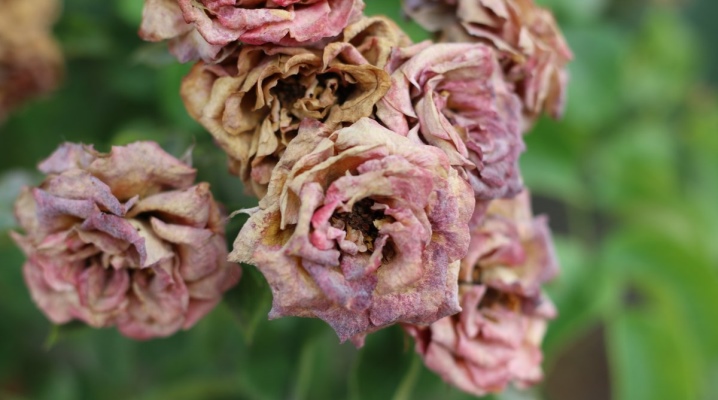
Roses are very susceptible to diseases such as gray rot. How to identify it and by what means to deal with it, we will describe below.

Description
Gray rot on roses is one of the types of diseases that is caused by the fungus Botrytis. It will be difficult to confuse this disease with any other, since its symptoms are very specific. First of all, this disease attacks young and weakened plants. Initially, it manifests itself on the buds, then it affects the leaves, stem and pedicel, and ultimately the root system, after which the plant will die.
This fungus looks like small specks of brown color, which gradually begin to increase in size. After that, about a week later, a grayish plaque begins to appear with a barely noticeable "fluff", which is a fungal spore. Further, in places of plaque, black oval-shaped bodies are formed. These bodies are sclerotia, in the form of which the fungus hibernates on a flower or in the ground.
The reason for the appearance of gray rot is high humidity and sharp temperature jumps. Rain, fog, as well as closely planted plants - all this creates the most favorable conditions for the active development of the disease.
Most often, the disease begins to appear on roses at the end of summer. If the disease is not treated immediately, it will be difficult to get rid of it in the future. In winter, being under cover along with the plants, the fungus is likely to cause the death of absolutely all plantings.

Control measures
Having noticed the first signs of a fungus, you need to try to get rid of it literally right away, the treatment of the plant cannot be delayed. First of all, it is necessary to eliminate the affected petals and foliage, and it is desirable to capture those that are next to them, but outwardly may look healthy. This is required in order to prevent the further spread and development of the fungus.
In no case should all the removed parts be left on the site next to the plants, otherwise this procedure is meaningless. They must be disposed of to prevent the spread of the disease.
After that, the rose bushes should be carefully treated with fungicidal agents. Moreover, it is advisable not only to spray the plant with medicines, but also to water it. Most likely, the entire processing process will have to be repeated several more times, especially if the disease has been started.
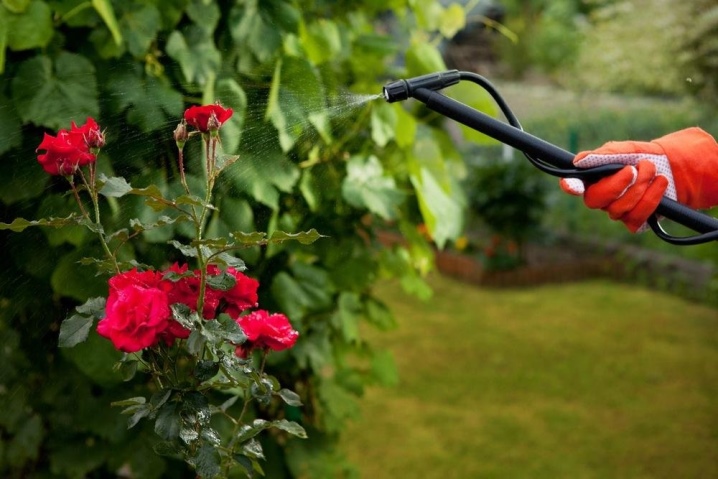
Please note that it is necessary to act in accordance with the instructions, which can be found on the package of the medicinal product. Otherwise, you risk only aggravating the condition of your plants.
The list of the most effective remedies that can fight gray rot include:
- Fundazol;
- "Phytodoctor";
- "Gamair";
- Fitosporin-M;
- "Euparen-multi";
- Alirin-B;
- "Switch".
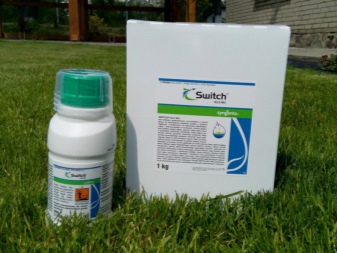

In the fight against gray rot, folk remedies prepared independently at home are also actively used. The most effective summer residents consider various kinds of tinctures, which are most often prepared from horsetail, garlic, mustard, potassium permanganate, soda or laundry soap. Their big advantage, in contrast to special agrochemical drugs, is their low cost and high environmental friendliness.
but it is worth noting that their effectiveness is several times less than the same purchased funds. Therefore, if you want to keep your rose bushes beautiful and intact, then it is highly not recommended to save on their treatment.
Alternative methods are best used for prophylactic purposes or as an adjunct to agrochemical preparations.
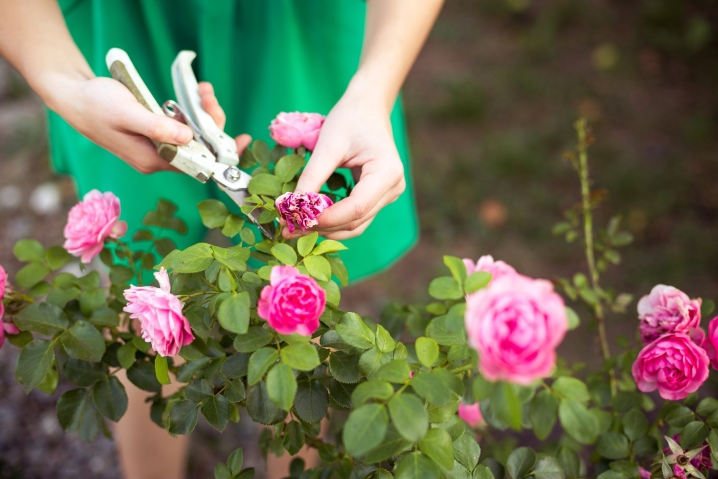
Prophylaxis
In order to prevent the appearance of gray rot and subsequently not to fight this disease, it is recommended to follow certain measures to prevent the fungus.
- Initially, it should be said about planting roses. Bushes should not be placed too close to each other. Because of this, the fungus, if it occurs, will be many times easier to move to another plant.
- When planting plants, try to choose areas that can be well ventilated.
- Do not plant grapes, cabbage, strawberries and tomatoes near rose bushes. These plants are also very susceptible to fungal disease and can easily infect flowers.
- Pay attention to feeding your plantings. Fertilizers should contain manganese salts, as they help to strengthen plants and make them more resistant to various kinds of diseases.
- Periodically treat your plants with medicines and folk remedies. This will help prevent the appearance of fungus, but you should not overdo it with the processing frequency.
- Remove dead branches regularly as they can spread disease. Leaving the remains of old or affected plants in the garden should also not be left.
- Pay attention to the choice of varieties of roses. Try to acquire and plant those that are highly resistant to various diseases. At the same time, if you are not sure that the seed material for planting is exactly healthy or it has noticeable damage, then you should not risk it and plant it.
- Monitor soil moisture as well. It is not necessary to flood the plant with a large amount of water, but it is also not necessary to allow drought.
All these measures are not time consuming. However, by observing them, you can preserve the beauty and health of your roses for a long time.
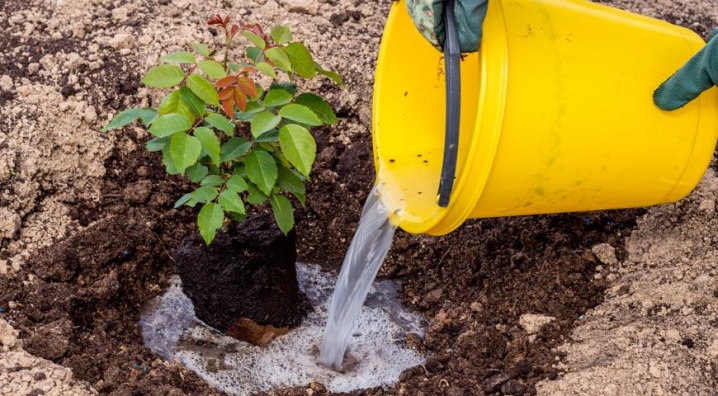













The comment was sent successfully.